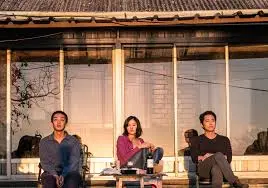Introduction
Rediscovering the Old in the New
Gugak in Korean movies ever made you watched a Korean movie and felt chills from a haunting flute or a pounding drumbeat? That’s not just sound design it’s traditional Korean music, breathing life into modern cinema. From epic historical dramas to psychological thrillers, these age-old sounds are sneaking into your playlists and movie nights alike.
Why Traditional Korean Music Still Matters
Gugak in Korean movies faces it pop culture changes fast, but some things never lose their charm. Traditional Korean music, or “gugak,” may seem old-school, but it still hits the right notes when paired with powerful storytelling. It’s like adding a dash of soy sauce to your favorite dish suddenly, everything tastes richer.
What Is Gugak, Anyway?
Before we dive into the movies, let’s get our basics straight.
Defining Gugak
“Gugak” means “national music” in Korean. It includes genres like pansori (a vocal narrative), gayageum (zither-like string music), and samulnori (percussion ensemble).
The Power of Gratitude: How Focusing on the Positive Can Transform Your Spiritual Journey
Instruments That Tell Stories
Ever heard of the haegeum? It’s a two-string fiddle with a sound that can slice through your soul seriously. Other key instruments include:
- Gayageum – for melodic charm
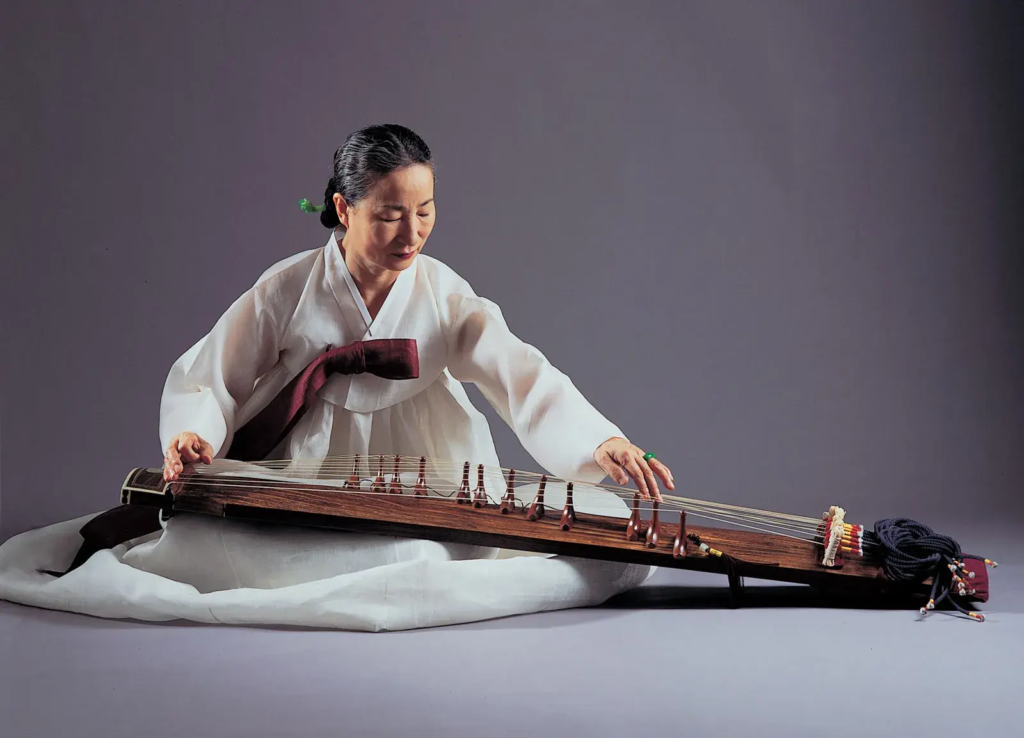
- Janggu – the heartbeat of the rhythm
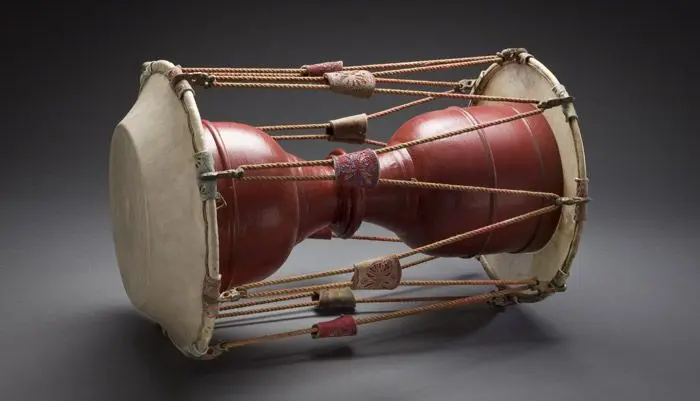
- Piri – a reed instrument that wails with emotion
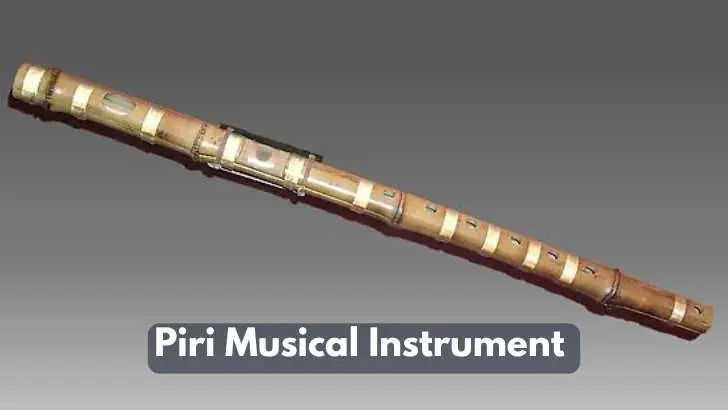
Blending Past and Present
Modern Korean cinema doesn’t just rely on EDM and orchestras anymore. It’s weaving gugak into the mix.
Pansori in Modern Drama
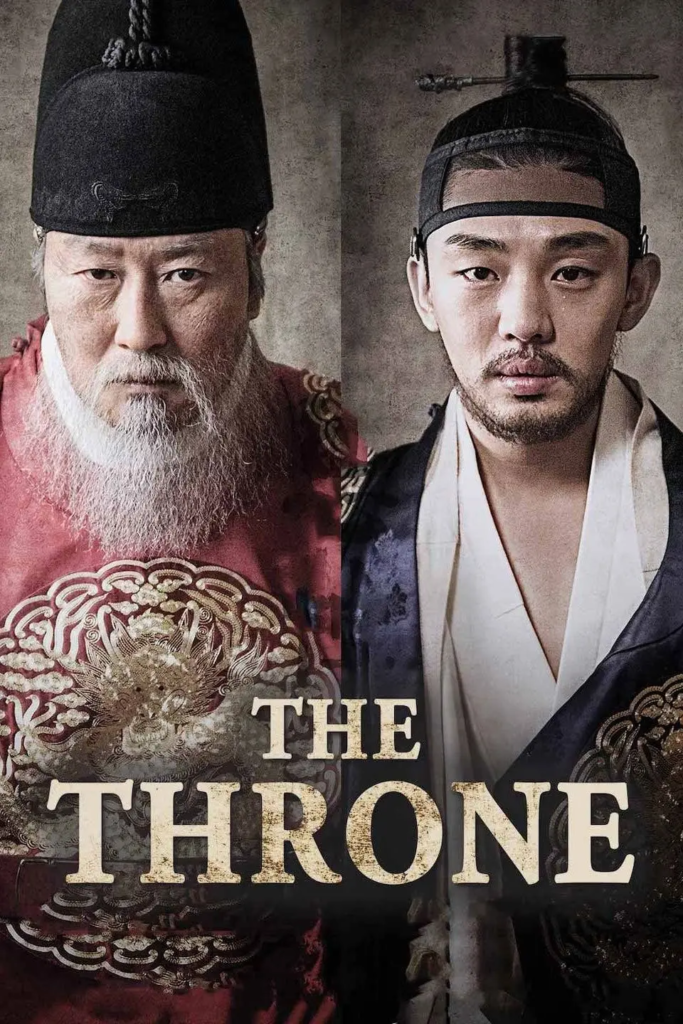
Gugak in Korean movies, for instance take “The Throne” (2015) or “The Book of Fish” (2021) they use pansori not just as background music but as a narrative tool. It adds raw emotion, like a second storyteller whispering in your ear.
Fusion Scores—Where Tradition Meets Tech
Some filmmakers go one step further, blending traditional sounds with electronic beats. The result? A surreal vibe that feels both ancient and futuristic. Think of it as time-travel for your ears.
Cultural Identity on Screen
Echoes of Heritage
Music is memory. By including gugak, directors root their films in Korean culture, making them stand out globally. It’s not just aesthetic it’s identity.
Subtle National Pride
Even in sci-fi or horror, you’ll find hints of janggu drums or piri melodies, almost like a wink to Korean roots.
Emotional Layering
Let’s be honest: music can make or break a scene.
When Words Fail, Music Speaks
A simple haegeum solo in a death scene? Instant goosebumps. These instruments evoke emotion that words sometimes can’t.
Symbolism Through Sound
Directors often use traditional music to symbolize conflict, heritage, or transition. It’s not just background noise it’s part of the plot.
International Appeal
It’s not just Koreans who are loving this musical revival.
Global Audiences Love Authenticity
Viewers worldwide are craving unique storytelling. Gugak offers flavor and texture that standard Western scores just don’t.
Soundtracks Gaining Streams
Many modern Korean film soundtracks are gaining popularity on streaming platforms. Audiences may not know the instrument’s name, but they feel its emotional weight.
The Rise of Music Directors Who Dare
Visionaries in the Industry
Composers like Bang Jun-seok and Jo Yeong-wook have boldly infused gugak into modern soundtracks. They’re not just creating scores they’re crafting legacy.
Education Through Entertainment
Korean films double as music lessons.
Inspiring a New Generation
Younger Koreans are rediscovering gugak through cinema. It’s cool again and that’s powerful cultural preservation.
Final Thoughts: The Symphony of Then and Now
Traditional Korean music isn’t a relic. It’s a living, breathing force in modern cinema. It tells stories, sets moods, and bridges generations. So the next time you watch a Korean film and feel something stir deep inside listen closely. That’s the voice of history, singing to you.
FAQs
1. What is the main role of traditional music in Korean films?
It adds emotional depth, cultural authenticity, and often enhances the storytelling.
2. Can traditional instruments like the gayageum be used in modern film scores?
Absolutely! Many composers blend it with electronic or orchestral elements for a unique sound.
3. Are international viewers aware of gugak in Korean films?
While they might not know the term, many appreciate the distinctiveness and emotional power it adds.
4. Is gugak only used in historical dramas?
Not at all. It appears in thrillers, romance, and even sci-fi as a way to ground the story culturally.
5. How has gugak influenced global film music?
It’s inspired international composers to explore traditional sounds and mix genres creatively.
Alternative Keywords
- Korean film soundtracks
- Gugak in movies
- Korean traditional music in cinema
- Haegeum film music
- Korean culture in film
- Korean movie score evolution
- Pansori in modern film
- Korean musical storytelling
Would you like me to provide a shareable infographic or content table on this topic as well?

